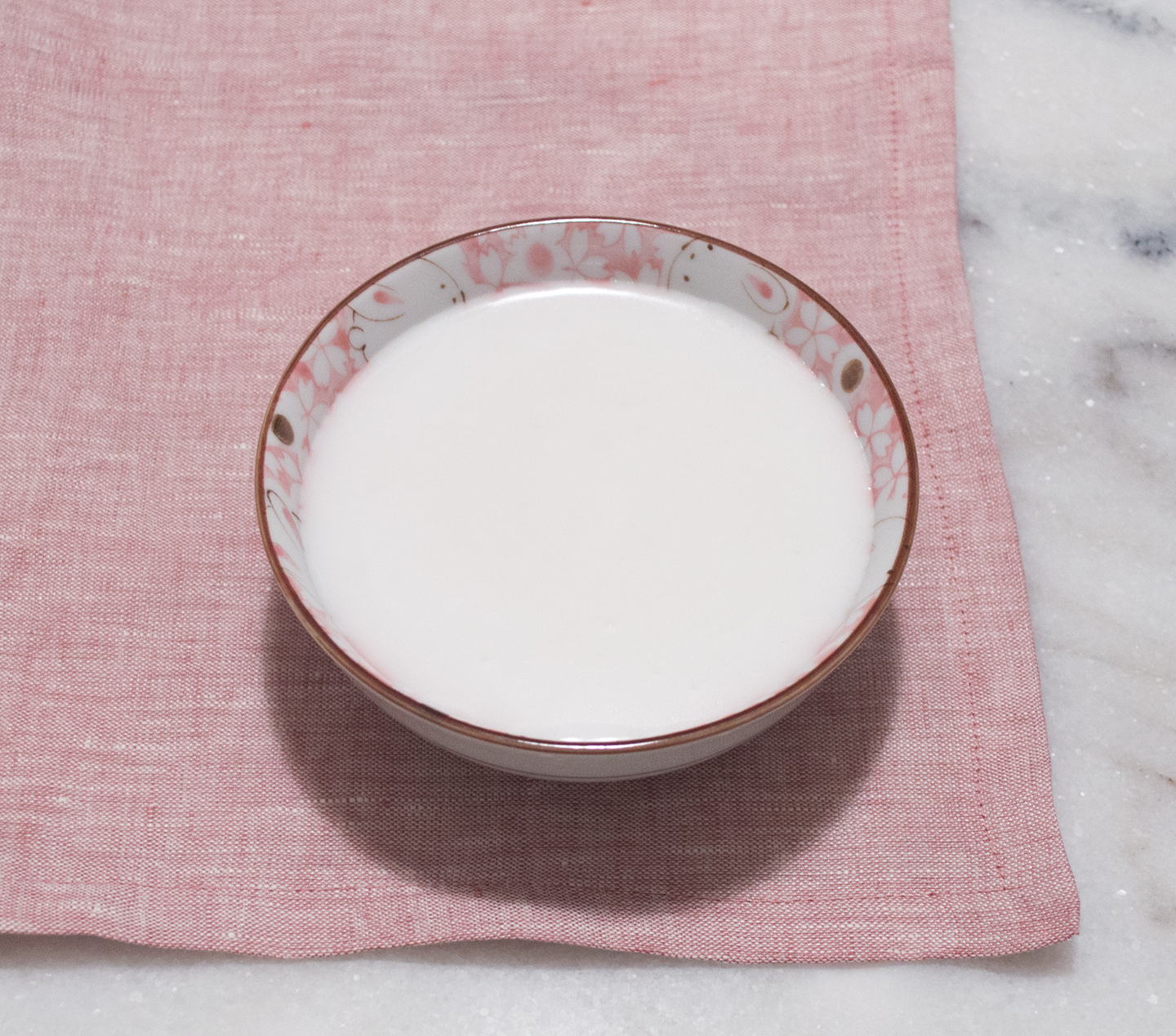
Fondant is a kind of icing, often used to decorate cakes and pastries, and fill chocolates. There are two versions of fondant: rolled and poured. The rolled version is mostly used for layered cakes, putting a smooth blanket cover over frosted layers of sponge. It’s malleable, allowing a decorator to create figures and shapes for cake toppers. The poured version is used to cover petit fours and choux pastries, and fill various confections.
Last week, I shared with you my pastry cream recipe. Here’s the next one in our series, all leading up to making our delicious choux!
Recipe for Poured Fondant
- About 600g of Fondant
- Preparation:
- Cooking:
- Waiting:
Ingredients
- 500g (2½ cups) Granulated Sugar
- 120ml (about ½-cup) Water
- 3g (1t) Cream of Tartar
Procedure
- In a pot, bring the sugar and water to a boil. Set a candy thermometer inside the pot, and wait for the temperature to reach 225°F (107°C).
- Mix a touch of water with the cream of tartar (about a teaspoon, or until the powder dissolves), and pour it into the pot.
- Let the sugar reach 240°F (115°C). Turn off the flame and have the boiled sugar sit in the pot until the thermometer reads 200°F (93°C).
- Pour the hot sugar into a food processor, and set the thermometer inside the processor bowl. Continue to cool the sugar down to 110°F (43°C).
- Spin the food processor, and stop when the fondant turns into an opaque white mixture.
- Keep the fondant in a sealed container, and use it to cover pastries or fill chocolates.
*Bunny Wisdom*
- Make sure to saturate all of the sugar before putting the pot on the range. You can give the contents a gentle stir, but stop stirring when the mixture begins to boil. This can create sugar crystals, which will make for a lesser quality fondant.
- If you have glucose, use about 90g as a substitute for cream of tartar. Just remember to slightly heat up the glucose so it's easier to pour into the pot. The glucose and the cream of tartar helps with the elasticity of the sugar, and prevents the fondant from crystallizing.
- Instead of using a food processor, you can marble and knead the sugar with a bench scraper. Pour out the hot sugar onto a marble slab that has been set with metal bars, creating a rectangle. Let the hot sugar cool to 110°F (43°C), remove the bars, and begin scraping and pooling the sugar, until it turns opaque.
- If the mixture seems hard to work with, thin it with some simple syrup.
- To make the black sesame version: take about 250g of the cooled and stored fondant, and about 2% of that weight in black sesame seeds (about 4-5g). Finely grind the sesame seeds and mix well. Thin it with some simple syrup, if it looks a bit thick.
- To test the consistency: when you're ready to dip your pastries, heat it up to no more than 100°F (38°C). When dipping and lifting the spatula from the fondant, it should ribbon and sit on the surface, then slowly settle flat. If it peaks, you need to add more simple syrup.
- It's important to keep the temperature at no greater than 104°F (40°C) because the fondant loses its shine when overheated.
- With larger amounts of fondant, remember to blend with an immersion blender to get rid of air bubbles.
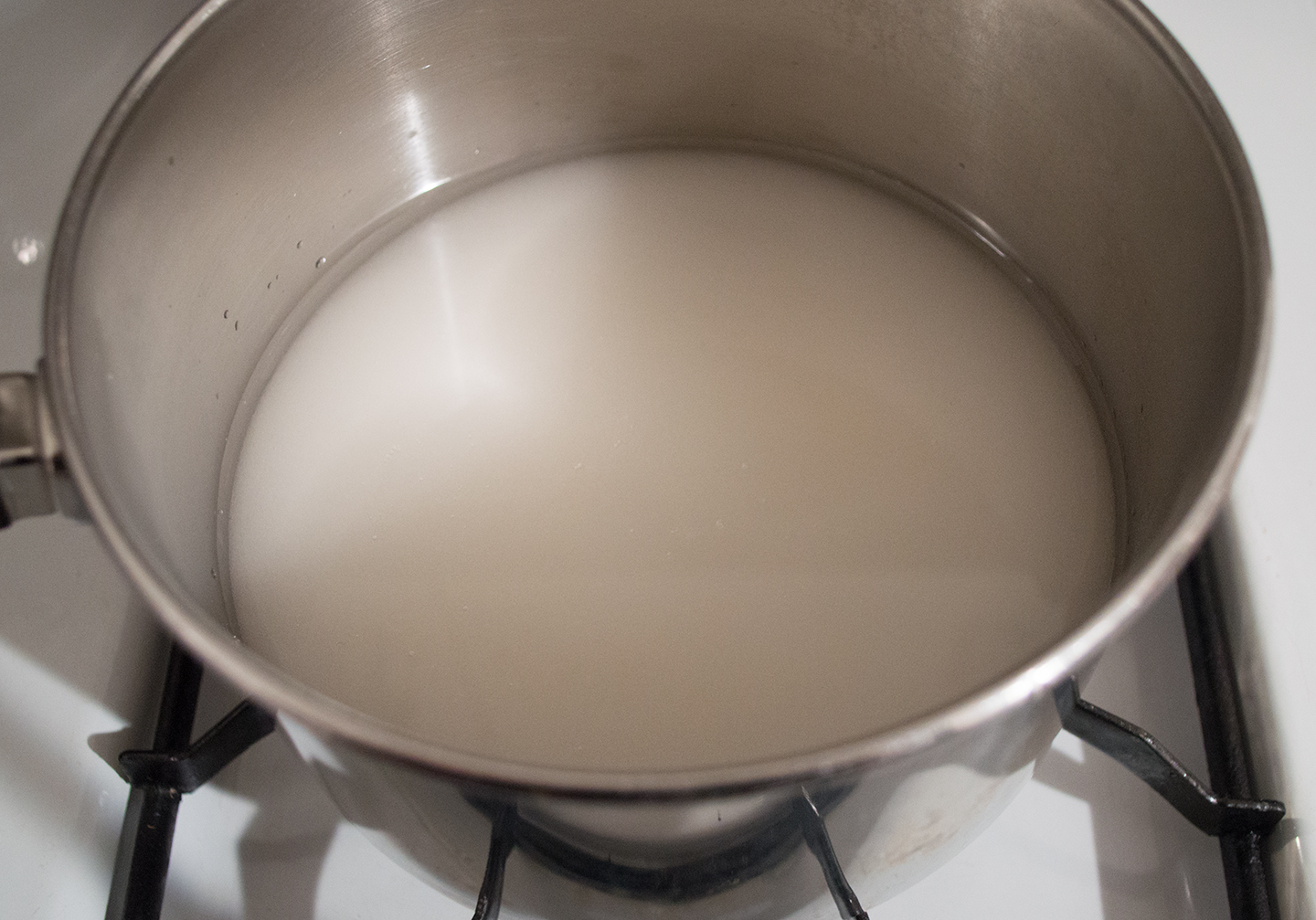
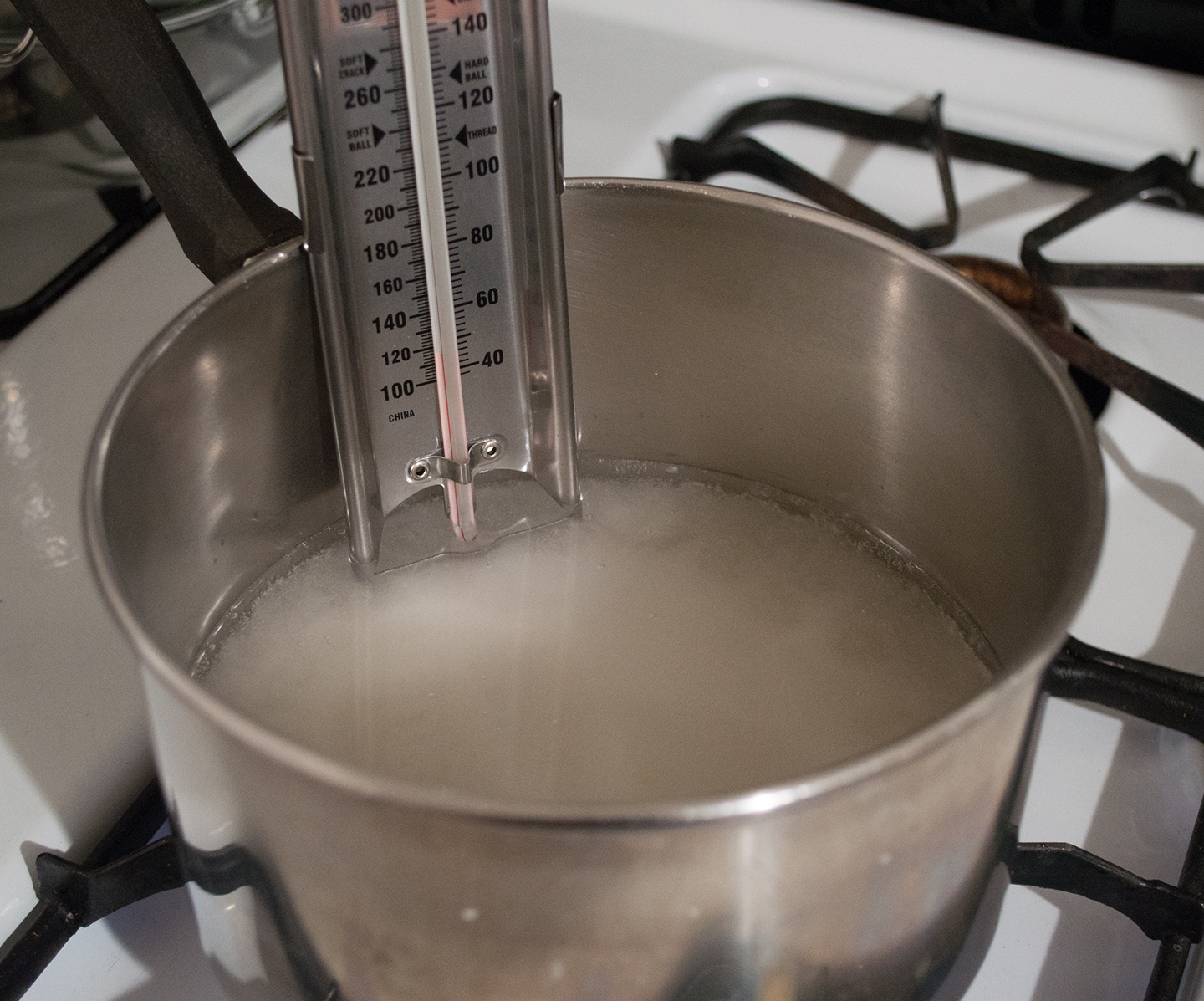
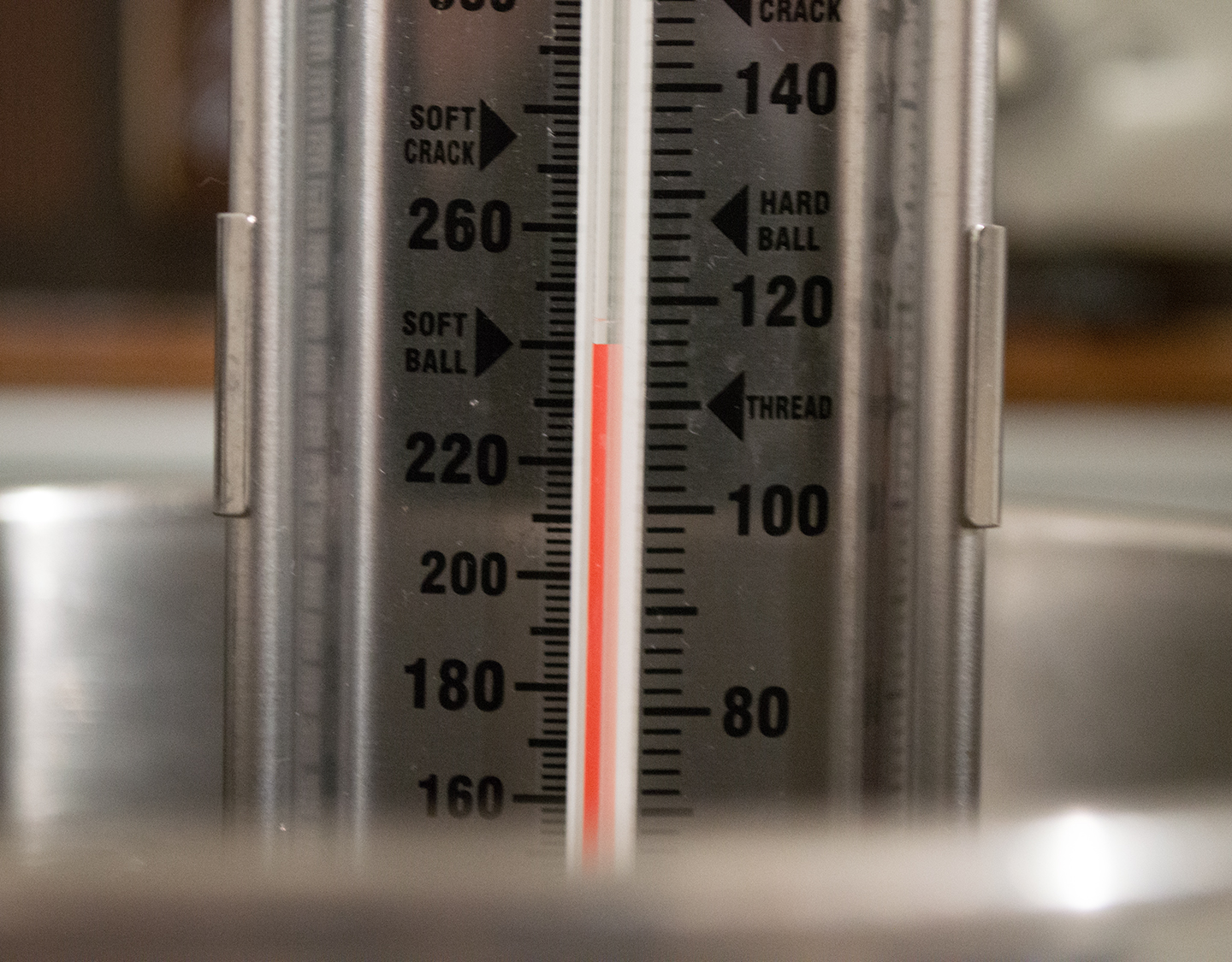
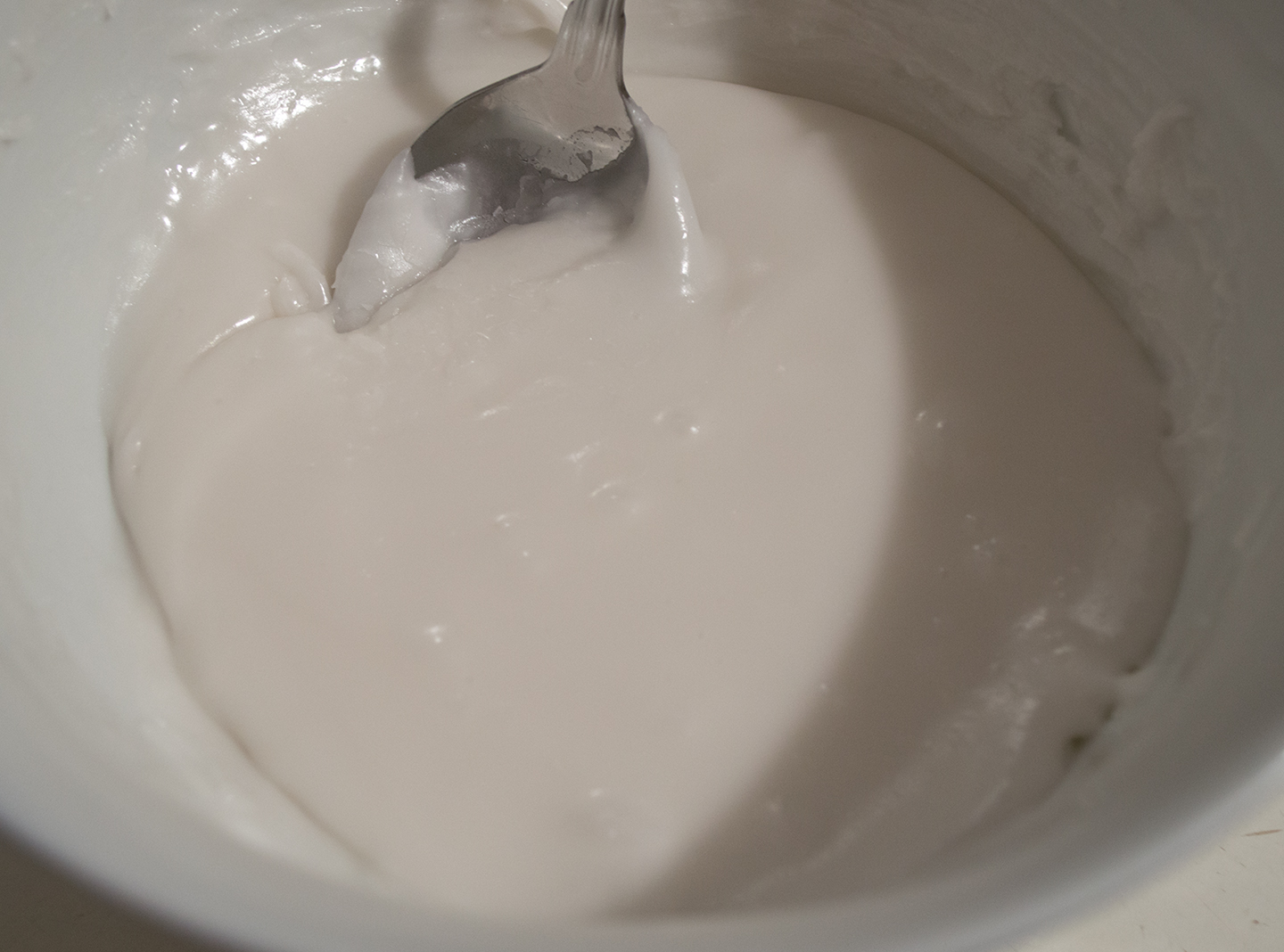
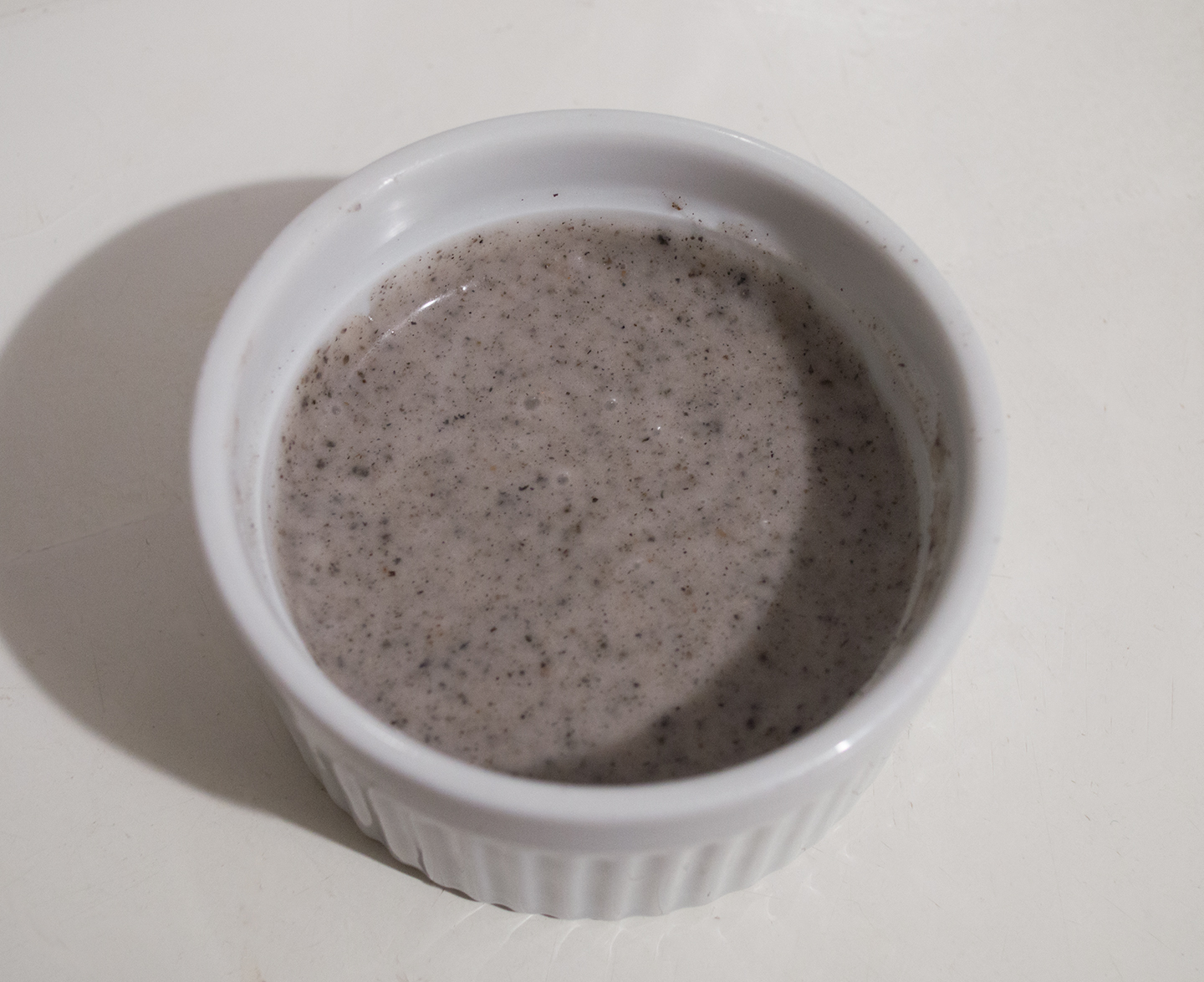
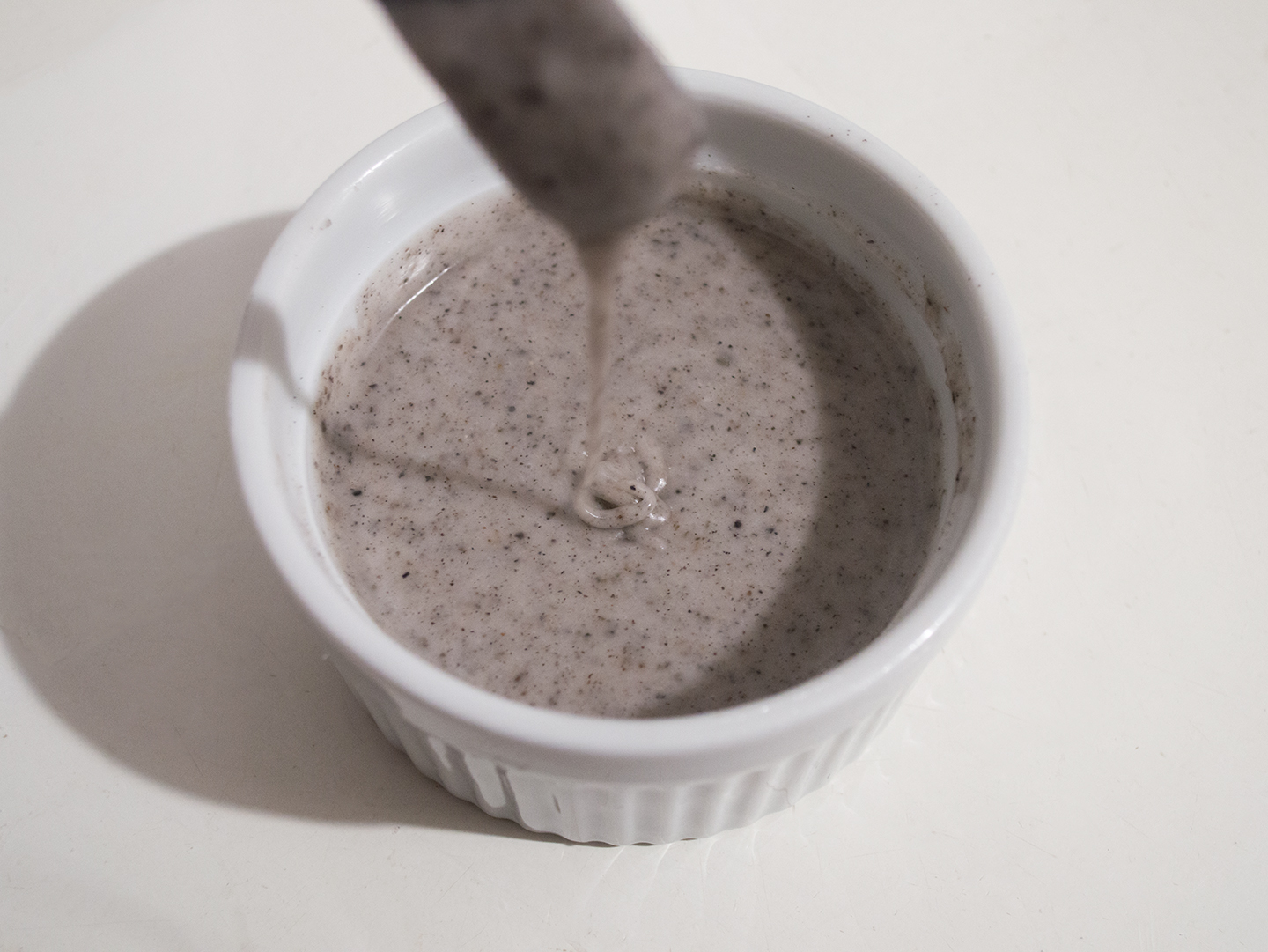

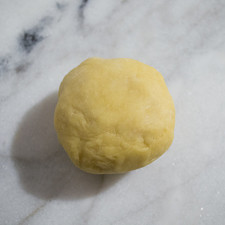
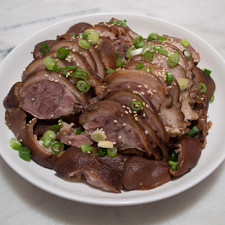
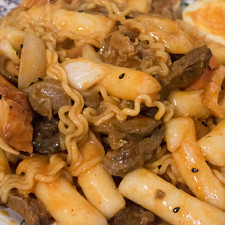
2 thoughts on “Poured Fondant Recipe”
Sherry
Grace Hsui